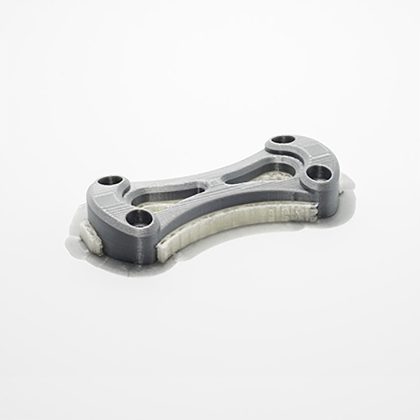Unlocking the Magic of FDM 3D Printing: Transform Your Ideas into Reality!
In the realm of modern manufacturing and prototyping, Fused Deposition Modeling (FDM) 3D printing stands out as a groundbreaking technology. This innovative approach allows creators to transform digital designs into tangible objects with remarkable precision and efficiency. With the ability to produce complex geometries and customized parts, FDM 3D printing services has become an invaluable tool in various industries, from aerospace to healthcare. The purpose of this article is to delve into the world of FDM 3D printing services, exploring their diverse applications, advantages, and how they can revolutionize your projects.

Understanding FDM 3D Printing
Fused Deposition Modeling (FDM) is a 3D printing technology that creates objects layer by layer by extruding thermoplastic materials through a heated nozzle. The process begins with a digital model, which is sliced into thin horizontal layers using specialized software. The printer then deposits melted filament onto a build platform, following the design specifications. As each layer cools, it solidifies, forming a cohesive structure. Common materials used in FDM printing include PLA, ABS, and PETG, each offering unique properties suitable for different applications. This technology not only empowers designers to prototype quickly but also enables rapid iterations, making it a popular choice in industries where time-to-market is crucial.
Applications of FDM 3D Printing Services
FDM 3D printing services are utilized across a myriad of industries, showcasing their versatility and effectiveness. In the automotive industry, for instance, FDM is employed to create functional prototypes, allowing engineers to test designs before mass production. Similarly, in the healthcare sector, custom prosthetics and anatomical models can be produced with high accuracy, improving patient outcomes and surgical planning. The aerospace industry also benefits from FDM printing, using it for lightweight components that enhance fuel efficiency. Additionally, product development teams leverage this technology for rapid prototyping, enabling them to validate concepts quickly and make necessary adjustments without significant financial investment. The ability to create custom, low-volume parts efficiently positions FDM 3D printing as a game-changer in modern manufacturing.
Benefits of Using FDM 3D Printing Services
One of the most compelling advantages of FDM 3D printing over traditional manufacturing methods is its cost-effectiveness. Unlike subtractive manufacturing, which often results in material waste, FDM generates minimal waste by only using the material needed for the part. Speed is another key benefit; prototypes can be produced in hours rather than weeks, allowing businesses to respond swiftly to market demands. Furthermore, the customization capabilities of FDM printing empower designers to create unique items tailored to specific requirements, enhancing customer satisfaction. The flexibility of design is unparalleled; intricate geometries that are difficult or impossible to achieve with traditional methods can be easily realized with FDM technology. These benefits make FDM 3D printing an attractive choice for companies looking to innovate and streamline their processes.
Choosing the Right FDM 3D Printing Service
When selecting an FDM 3D printing service provider, several factors should be taken into account to ensure you receive the best results for your project. Firstly, consider the range of material options available; different projects may require specific materials based on strength, flexibility, or heat resistance. Evaluate the service quality by researching customer reviews and case studies to gauge their reliability and expertise. Additionally, turnaround time is crucial; a provider that can deliver your prints promptly can significantly impact your project timeline. Lastly, assess the company's ability to provide support throughout the printing process, from design consultation to post-processing services. By carefully evaluating these factors, you can choose a service that aligns with your project needs and expectations.
Embracing FDM 3D Printing for Future Innovations
In summary, FDM 3D printing services offer a transformative solution for turning ideas into physical objects across various industries. With its unique capabilities in rapid prototyping, customization, and cost-effectiveness, FDM technology is redefining modern manufacturing. As we explored, the applications are vast, making it an essential tool for engineers, designers, and innovators alike. If you're considering a project that could benefit from FDM 3D printing, now is the time to explore this exciting technology and its potential to enhance your development process. Embrace the future of manufacturing, and let FDM 3D printing bring your visions to life!







